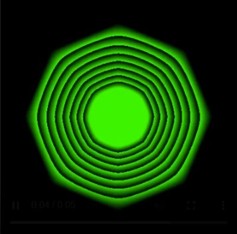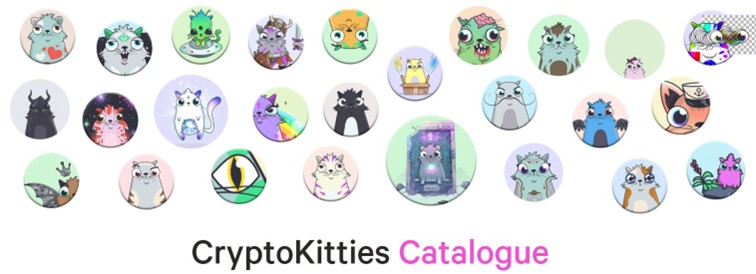What exactly are NFTs?
What are your most vivid memories of the internet adventure? The first published video? The first tweet? Your child’s first drawing? What if your memory could be engraved forever online and even offered for sale to the highest bidder? That’s what Non-Fungible Tokens or NFTs are all about.
The term « Non-Fungible » means that an asset cannot be substituted for another asset of the same nature. This means that an NFT cannot be exchanged as a currency. It is a digital asset that is only as valuable as you think it is. And to sell an NFT, you need to find a buyer who perceives the same value as you do.
But then what connection do NFTs have to Blockchain and cryptocurrency? Let’s go back to the basics! Blockchain is a kind of ledger of transactions recorded between multiple computers and secured through a combination of cryptography. This decentralized system is used to create certified digital currencies without going through banks and government regulations, these are the cryptocurrencies like Bitcoin or Ethereum.
Note that in the Blockchain community, you will hear about four types of assets or tokens. The first is payment tokens that are exchanged as monetary value such as Bitcoin and Litecoins. The second is the token used as an utility to make for example a decentralized application (« DApp » pronounced « Dee-app »). The third is the security token, which acts as a lucrative investment, giving the right to participation benefits but also bearing fees and taxes. And finally, the fourth type of token is the NFT which is close to utility tokens, payment tokens and security tokens.
As for NFTs, they are data from the Blockchain and cryptography but with the advantage of having a specific code and metadata that makes them unique. This would allow them to avoid scams and counterfeits.
How were NFTs born?
The first NFT was born in May 2014 as an octagon animation named « Quantum » signed by the New York artist Kevin McCoy. It was sold at auction for USD 1,472,000. But the Canadian company Free Holdings recently filed a lawsuit against Kevin McCoy and the auction house in the Southern District of New York claiming the rights to this NFT « Quantum ». Indeed, to create this NFT, Kevin McCoy had used the NameCoins software, but he had let his property expire without claiming his NFT.

Then, the Counterparty platform enabled the creation of personalized assets and their decentralized exchange via Blockchain. Various ideas for creative currencies in the form of games, trading cards or memes then appeared. As well as the CryptoKitties platform, which presents itself as a game where you can get your own personalized virtual cat drawing, the price of which could go up to 100,000 dollars.

However, it will be necessary to wait until 2021 for the art world to be more interested in NFTs to give visibility to the work of artists and sell their works.
How do NFTs work?
To create an NFT, the first step is to have your digital wallet under Blockchain and the majority uses Ethereum. This will allow the management of NFTs in the same way as any other cryptocurrency. There are different platforms for this purpose such as Coinbase, Rainbow or Metamask. We opted for the latter which comes in the form of an extension.
The creation of the Metamask account is simple and includes a security phase to keep carefully to recover its account if necessary. This platform allows you to recharge your account in Ethereum. Then, we move to the OpenSea platform to create the NFT collection.

After accessing the OpenSea site, you must click on the icon on the right in the form of a circle, then you are asked to connect to your portfolio, which in our case is Metamask. And finally, once in the OpenSea space, you just need to click on « Create » and define the image, video, audio or 3D model, give it a name, a link (optional), a description and your NFT is born!